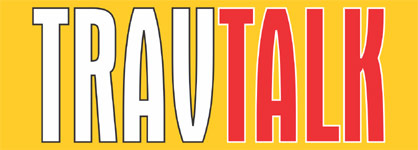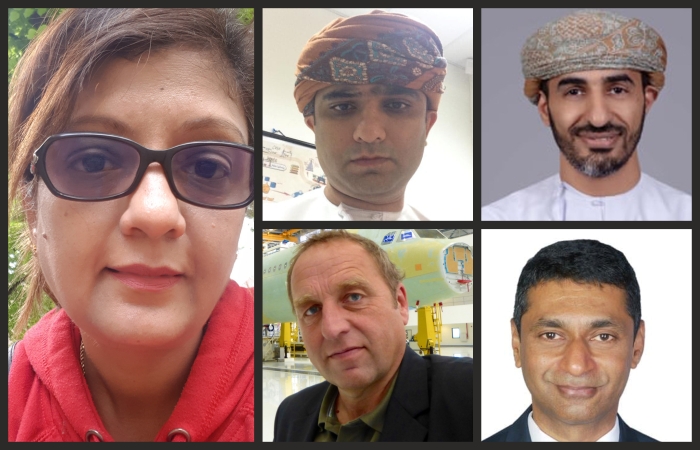The International Air Transport Association has shared a series of guidelines with the airlines and airports around the world for restarting passenger flights amid COVID-19 pandemic. While the proposed temporary layered approach for bio-security measures are aimed at instilling confidence among passengers and have been received well by the airlines as well as airports….and with reasons, say the aviation experts.
Saleem Amanulla, Senior Vice President, Airport Operations, Oman Air
Saleem Amanulla, Senior Vice President, Airport Operations, Oman Air, says that the International Air Transport Association (IATA) and airlines have expressed their concern regarding ‘empty middle seat’ that will seriously impact the airline survivability and it’s not a long-term solution.
However, in the interim Oman Air will follow the guidelines as it is expected that in the first couple of months the traffic is expected to be low and Oman Air will be able to follow ‘empty middle seat’ guidelines.
While the passengers may not really want to think pragmatically now, the airlines certainly have to when they
resume operations after remaining closed for almost two months.
Salam Al Kindi, Head of Corporate Affairs, Salam Air
Salam Al Kindi, Head of Corporate Affairs, Salam Air, an LCC based in Oman is of the opinion that leaving the middle seat open is not a very viable option. “When the passengers are equipped with masks and gloves, the distancing factor can be relaxed. Moreover, the multi-layered screening bio-checks for all passengers will ensure that those with symptoms do not continue with the travel. As for asymptomatic cases, even if you leave the middle seat free,
that doesn’t ensure the mandated distance.”
Another industry expert, from one of the leading airlines in Europe, echoes the same view. He says, “When flights do resume, social distancing is going to continue being a challenge. Keeping middle seats free isn’t an effective distancing measure as proximity to passengers in front and behind isn’t addressed. However, airlines and international health authorities continue to work together to explore options which will not only satisfy the travelling public’s expectations but will also be backed up by science.”
Science certainly needs to be explained by the airlines to its passengers, even if it means sharing widely in all social media platforms, the educative film produced by IATA, explaining the safety of cabin air. The words of Vincent Feuillie, Air France’s Medical Consultant may well ring as sonorous notes to all concerned when he says that it’s not the air inside the cabin that puts you to risk, but the surface you touch.
Kurt Hofman, Austria-based Aviation journalist and an industry expert
Kurt Hofman, Austria-based Aviation journalist and an industry expert, says that even if airlines resume passenger flight operations, the load will be so low that the middle seat question may not even arise. “The airline industry and the allied industries that cater to airlines are so badly affected that out of the 16,000 aircraft parked around the world today at 700 different airports, 2,800 will never come back to skies.
It’s no surprise that airlines argue against keeping the middle seat free even as passengers are left feeling unsafe due to the close proximity with another person.
The air in an office is exchanged four times an hour and inside an aircraft, it is exchanged 20 to 30 times an hour. Airlines will have to do a lot of explanation to its passengers regarding the cabin safety and measures taken to sustain the same.
Aviation industry has to bring back the confidence for its own interest. In any case, since the passenger travel sentiment will have gone through a lot of thoughts and evolution, there may not be a big rush in air travel in the near and foreseeable future and the loads will be low. Air travel will get a lot more serious now. It will no longer be funny and exhilarating.”
Captain Nandkumar, Airbus Fleet , Training Manager
“If the situation continues to improve, the fun can come back, perhaps by this year end. But passengers
will remain alert and for all good reasons,” says Captain Nandkumar, Airbus Fleet Training Manager.
“Leaving the middle seat vacant may psychologically instill more confidence in a passenger. However, a seat with an approximate width of 18 inches does not really comply with the mandated physical distancing. Screening passengers before boarding, use of face masks combined with the downward airflow in the cabin along with High Efficiency Particulate Air (HEPA) filters on all modern aircraft may reduce the chances of spread of COVID in an aircraft. This fact needs to be brought to the attention of the passengers convincingly,” Nandkumar says.
Raajeshwari Ashok is a writer, blogger & a communications expert who has more than a decade of airline experience. She can be contacted at Instagram (June_gemini16), Twitter (Raaj Ashok), and Blog (raajashok.wordpress.com)
 TravTalk Middle East Online Magazine
TravTalk Middle East Online Magazine









